
Beautiful Replacements For Missing Teeth
Interested in Dentures? We can help to restore your smile and confidence.
Each year hundreds of thousands of cases of gingivitis are diagnosed in the United States. But what exactly is gingivitis? The name gingivitis derives from the words “gingiva,” which is the periodontal or gum tissue, and “itis,” which means inflammation. Therefore gingivitis is inflammation of the gums.
Gingivitis is the early stage of more serious periodontal (gum) disease. If left untreated, it can lead to advanced gum disease, resulting in tooth loss and other serious health conditions. Gingivitis has been linked to an increased chance of stroke, heart disease, diabetes, and dementia.
But don’t panic. In most cases, gingivitis is highly treatable and easily prevented.
There are several causes of gingivitis; however, the most common is poor oral hygiene and plaque buildup. Plaque consists of normal bacteria found in the oral cavity. When plaque is allowed to accumulate on the teeth, it acts as a local irritant, and the body’s response is to create inflammatory cells to fight that irritant. Inflammation means you’ll see red puffy gums that may be sensitive and bleed slightly.
Other risk factors that can contribute to gingivitis are smoking or using chewing tobacco, using medications that may cause dry mouth, changes in hormones due to pregnancy, diabetes, compromised immune system, and poor nutrition, to list a few.
The most crucial step in the prevention of gingivitis is proper oral hygiene. Brushing and flossing are essential in the removal of the plaque that causes gingivitis. Oral rinses can be helpful but not substitutes for the mechanical removal of plaque with a brush and floss. Cleanings with your dentist are recommended on average two times per year.
Even if you have superior oral hygiene skills, there are areas where plaque may still build up and require professional cleaning to remove. If plaque is allowed to remain on the teeth, it will harden and become calculus (tartar). Once this happens, tartar can not be removed by brushing and flossing and needs to be removed by your dentist or hygienist by scaling. If you don’t remove tartar, now you are heading for trouble in the form of more serious periodontal disease. Other necessary preventive measures, of course, are not smoking and a healthy diet.
Fortunately, gingivitis can usually be reversed with the help of gum treatment from your dentist or your hygienist. If you suspect you’re showing signs of gingivitis contact your nearest Gentle Dental Office to book an appointment immediately.
*Please read privacy notice carefully before submitting the New Patient Form.

Each year hundreds of thousands of cases of gingivitis are diagnosed in the United States. But what exactly is gingivitis? The name gingivitis derives from the words “gingiva,” which is the periodontal or gum tissue, and “itis,” which means inflammation. Therefore gingivitis is inflammation of the gums.
Gingivitis is the early stage of more serious periodontal (gum) disease. If left untreated, it can lead to advanced gum disease, resulting in tooth loss and other serious health conditions. Gingivitis has been linked to an increased chance of stroke, heart disease, diabetes, and dementia.
But don’t panic. In most cases, gingivitis is highly treatable and easily prevented.
There are several causes of gingivitis; however, the most common is poor oral hygiene and plaque buildup. Plaque consists of normal bacteria found in the oral cavity. When plaque is allowed to accumulate on the teeth, it acts as a local irritant, and the body’s response is to create inflammatory cells to fight that irritant. Inflammation means you’ll see red puffy gums that may be sensitive and bleed slightly.
Other risk factors that can contribute to gingivitis are smoking or using chewing tobacco, using medications that may cause dry mouth, changes in hormones due to pregnancy, diabetes, compromised immune system, and poor nutrition, to list a few.
The most crucial step in the prevention of gingivitis is proper oral hygiene. Brushing and flossing are essential in the removal of the plaque that causes gingivitis. Oral rinses can be helpful but not substitutes for the mechanical removal of plaque with a brush and floss. Cleanings with your dentist are recommended on average two times per year.
Even if you have superior oral hygiene skills, there are areas where plaque may still build up and require professional cleaning to remove. If plaque is allowed to remain on the teeth, it will harden and become calculus (tartar). Once this happens, tartar can not be removed by brushing and flossing and needs to be removed by your dentist or hygienist by scaling. If you don’t remove tartar, now you are heading for trouble in the form of more serious periodontal disease. Other necessary preventive measures, of course, are not smoking and a healthy diet.
Fortunately, gingivitis can usually be reversed with the help of gum treatment from your dentist or your hygienist. If you suspect you’re showing signs of gingivitis contact your nearest Gentle Dental Office to book an appointment immediately.




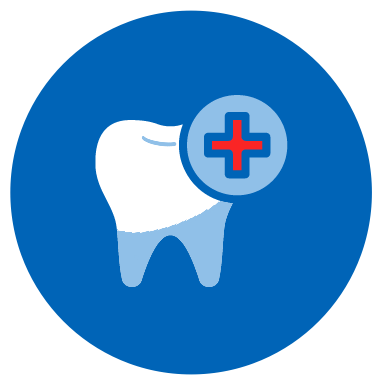


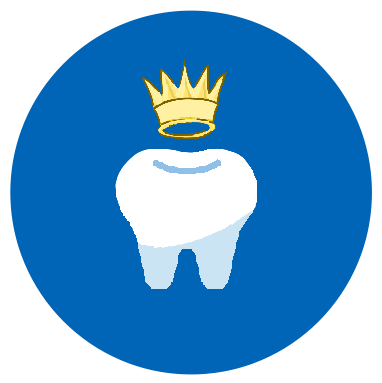
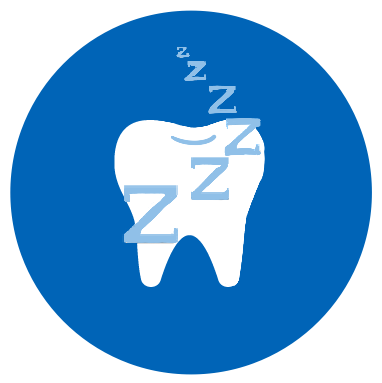
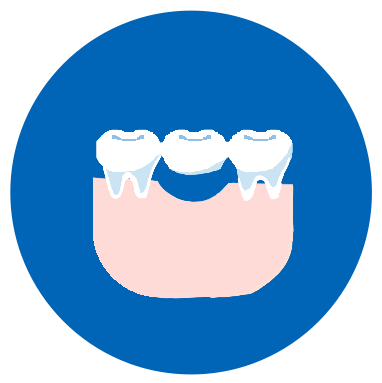
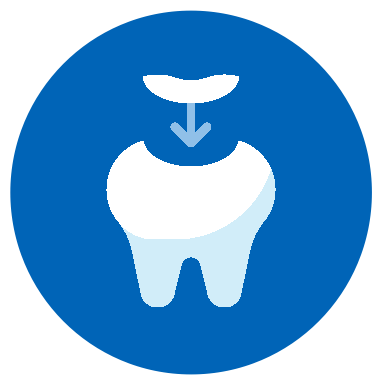
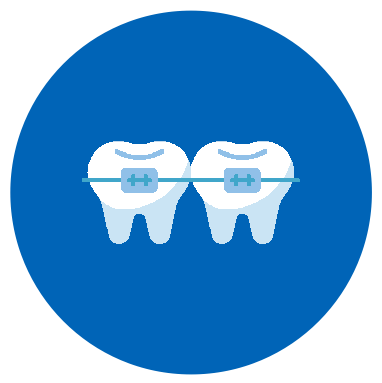
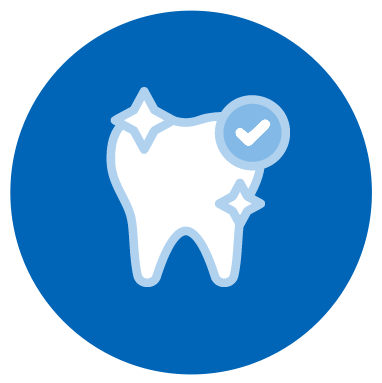
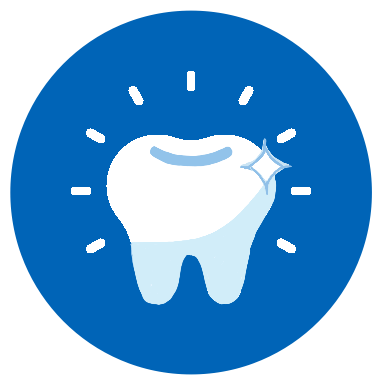

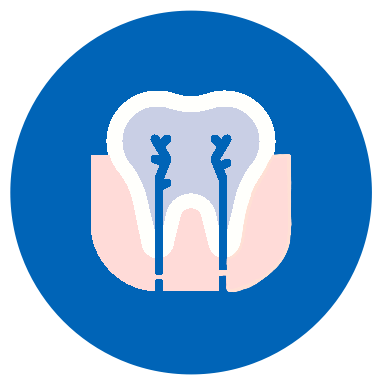

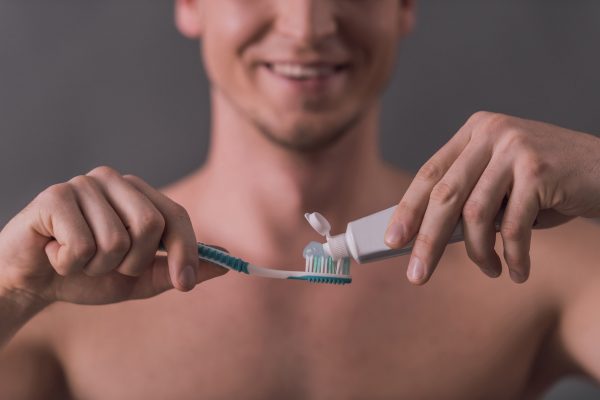
READ MORE>>

READ MORE>>
Necessary cookies are absolutely essential for the website to function properly. This category only includes cookies that ensures basic functionalities and security features of the website. These cookies do not store any personal information.
Any cookies that may not be particularly necessary for the website to function and is used specifically to collect user personal data via analytics, ads, other embedded contents are termed as non-necessary cookies. It is mandatory to procure user consent prior to running these cookies on your website.